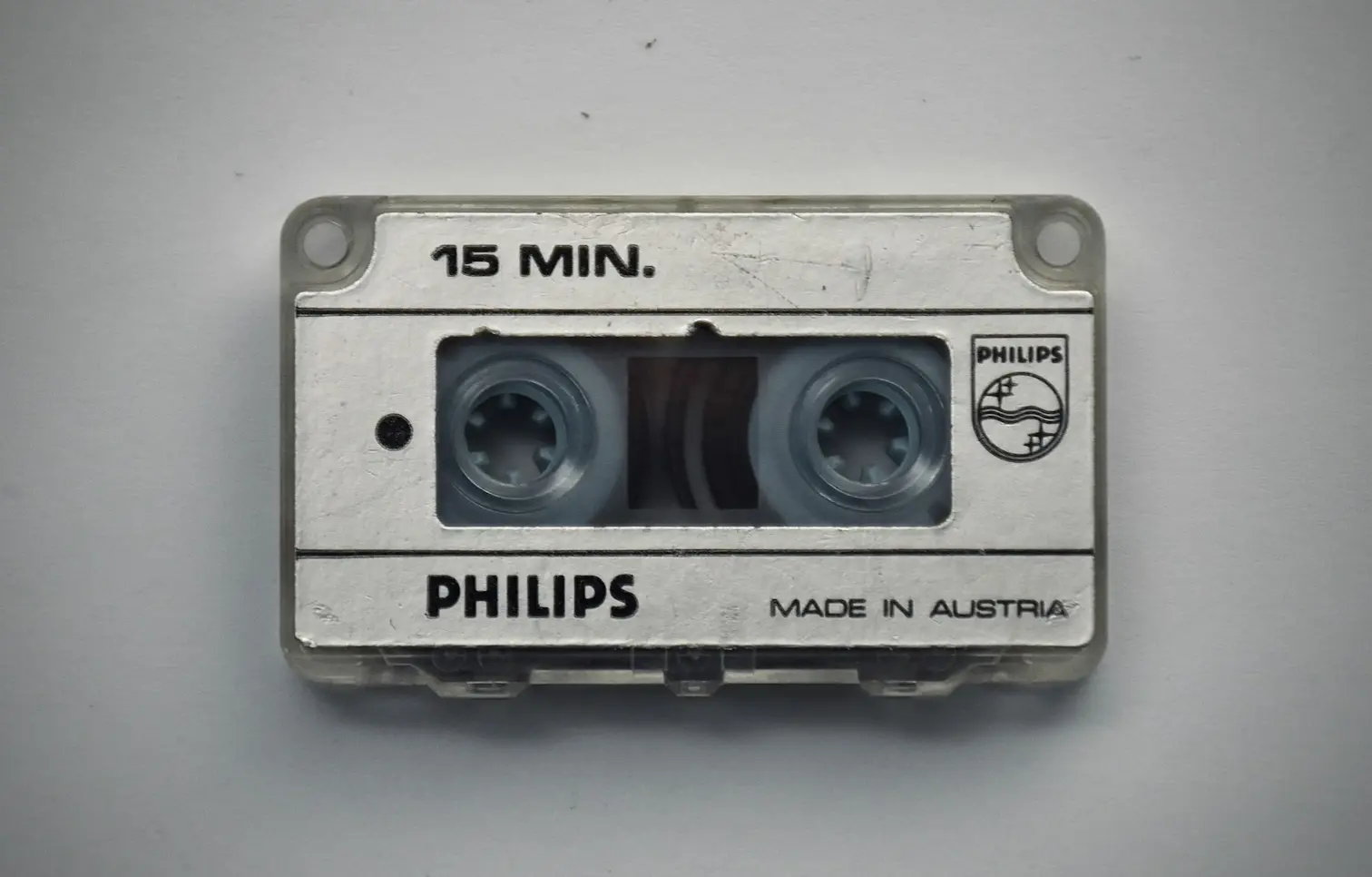Medical Dictation and Medical Transcription: How it Works
Medical dictation and medical transcription are two of the most common clinical documentation solutions available to healthcare providers today. When exploring these solutions, it's important that care professionals understand how medical dictation and transcription work, how they impact patient care, and how they rely on each other.
First, medical dictation and medical transcription are often used interchangeably in the medical documentation space, but the reality is that they are decidedly different processes, and, traditionally, can't exist without the other.
Here's a closer look:
Medical dictation is the process of speaking medical information into (most typically) a recorder. Traditionally, a provider takes shorthand notes during a patient encounter, and then verbalizes those findings into more cohesive sentences after the visit. While both industry thought leaders and academic studies show that dictating during a visit rather than after a visit likely leads to more accurate notes, and thus care, it is not necessarily the norm throughout healthcare. Instead, providers rely on shorthand notes and extensive recall to dictate their notes at the end of the day or after-hours.
This process of dictating is, in most instances, only the first step. After creating a recording of their subjective and objective findings, as well as their medical assessments and care plans, providers typically send these audio files to certified medical transcriptionists who convert the audio file into text. The medical transcriptionist is an essential piece to the documentation puzzle. Transcriptionists typically rely on some level of medical training, understanding of medical terminology, and critical thinking skills to ensure that they are accurately representing what the provider said in the dictated recording. This is step two.
Recommended Reading: Why Traditional Dictation Software for Medical Professionals Misses the Mark
After the medical transcriptionist completes their work, they send the written transcription back to the provider who then reviews the document for errors, makes necessary edits, uploads into their electronic health record, then signs-off.
When medical dictation and transcription work together seamlessly, they provide a medical documentation solution that is accurate, and that provides an important level of detail when it comes to patient care. But, the nature of their symbiotic relationship means that providers must complete many steps before their documentation is completed. Let's zoom out and take a look at the process for documenting one patient encounter below.
1. Assess and examine the patient during their visit
2. Take shorthand notes
3. Mentally log key details
— wait until the end of the day/when patient schedule clears up —
4. Review notes
5. Recall key information
6. Dictate findings into a recording device
7. Submit dictated audio file for transcription
— wait 24-72 hours for transcriptionist to finish and return the final note —
8. Review note
9. Make edits and correct errors
10. Copy and paste into discrete fields of EHR system
11. Perform final review
12. Sign-off and submit
That's a lot of steps. And it means the information is constantly changing forms and changing hands, increasing the likelihood of critical errors or mistakes. But it's not just the steps that can make dictation and transcription an inefficient documentation solution for providers — let's look at some of the most common drawbacks associated with these tools.
Cons of Medical Dictation
Information Recall and Cognitive Load
One of the biggest drawbacks to traditional medical dictation is that it relies on significant information recall. Because most clinicians choose to dictate after a patient leaves the exam room rather than in the presence of their patient, when they dictate they are recalling information from nuanced conversations from hours before which can lead to the omission of key information. This is due to the arduous process of transferring sensory information gathered during the visit from working memory to long-term memory, a process that increases cognitive load.
Lack of Time-Savings
The biggest reason most clinicians use dictation devices is to save time. The reality, however, is that dictation devices don't save providers significant time. Instead of typing notes at the end of the day or in between appointments, providers simply dictate the notes instead. Dictation devices reduce the burden of typing, but they do not alleviate the burden of documentation — which is what providers are ultimately looking for.
Cons of Medical Transcription
Turnaround Time
The biggest downfall for medical transcription services is that note turnaround times are long and inefficient. Depending on the medical transcription service, providers can expect to receive their completed note anywhere from 24 to 72 hours after they submit their dictated audio recording. This significant delay in receiving documentation not only creates a backlog of medical records that need to be reviewed, edited, and signed-off on, but also significantly slows down the provider's workflow. Additionally, the more time passes between dictating and receiving the final note, the more likely details from the encounter are forgotten and errors slip through the cracks.
Data Security
While patient health information leaks have always posed a threat to providers and care organizations, medical transcription services present unique risks to providers due to a few factors. First, the nature of medical transcription requires the transmission of PHI from provider to transcriptionist, back to provider. While encryption at rest and in transit can help safeguard against some of these risks, anytime sensitive information is being transmitted and processed on external servers, it's vulnerable. Second, most medical transcription companies outsource their transcription work overseas where labor costs are lower. This creates an extra layer of data security risk as PHI is being processed and stored in a completely different country with different (and often less stringent) laws and regulations around patient privacy. Additionally, while HIPAA sets standards and encourages safe data handling practices to transcriptionists overseas, they hold no actual power over these companies in the event of a data leak. Instead, individual providers or care organizations are often held accountable.
Review and Editing
While medical transcription services do eventually provide a completed note, the onus is still on the provider to review the note, edit any mistakes, and sign-off on the finished product. If an error slips through the cracks, the individual clinician will be held responsible. Additionally, the process of reviewing and signing off can be a significant time sink for providers who are already spending their clinic days seeing patients and dictating their notes.
Alternatives to Dictation and Transcription
While medical dictation and transcription services have been the norm for decades, they are slowly being replaced by more advanced documentation tools. While some providers opt for the emerging speech-to-text tools or advanced dictation devices, these solutions still ultimately fall victim to the same cost concerns, turnaround times, and note accuracy flaws as their predecessors.
For most healthcare providers, the goal is simple: Increase or maintain a high quality of patient care while saving time on their documentation. Until recently, no market leaders have been able to deliver on this.
Enter DeepScribe
DeepScribe is the first AI-powered medical scribe centered around the goal of automating documentation for care professionals. Using the microphone on your phone, DeepScribe listens into the natural conversation between patient and provider, and extracts the important medical information, and automatically creates a finished note that integrates into a providers EHR.
DeepScribe is a totally hands free solution that allows clinicians to provide more engaged care, detach themselves from their notepad or computer screens, while maintaining a high level of care and saving up to three hours per day on documentation.
It's not a farce. The solution of tomorrow is here today.
If you're ready to see what DeepScribe can do for you, reach out to us.
text
Related Stories
Realize the full potential of Healthcare AI with DeepScribe
Explore how DeepScribe’s customizable ambient AI platform can help you save time, improve patient care, and maximize revenue.






